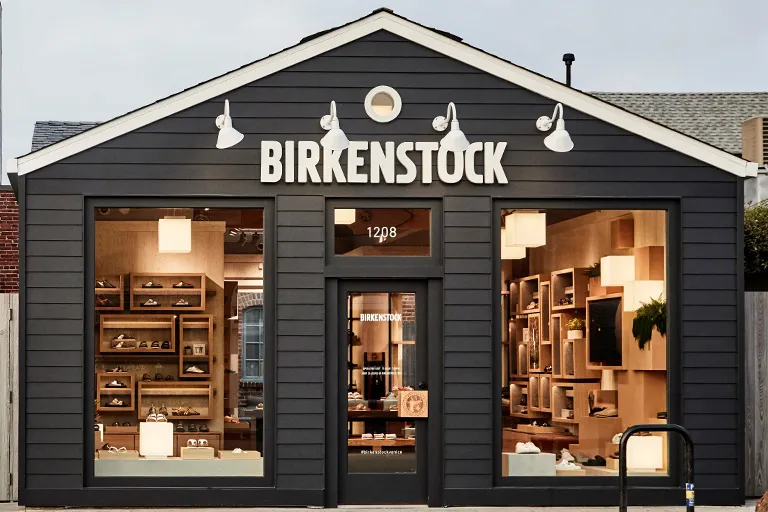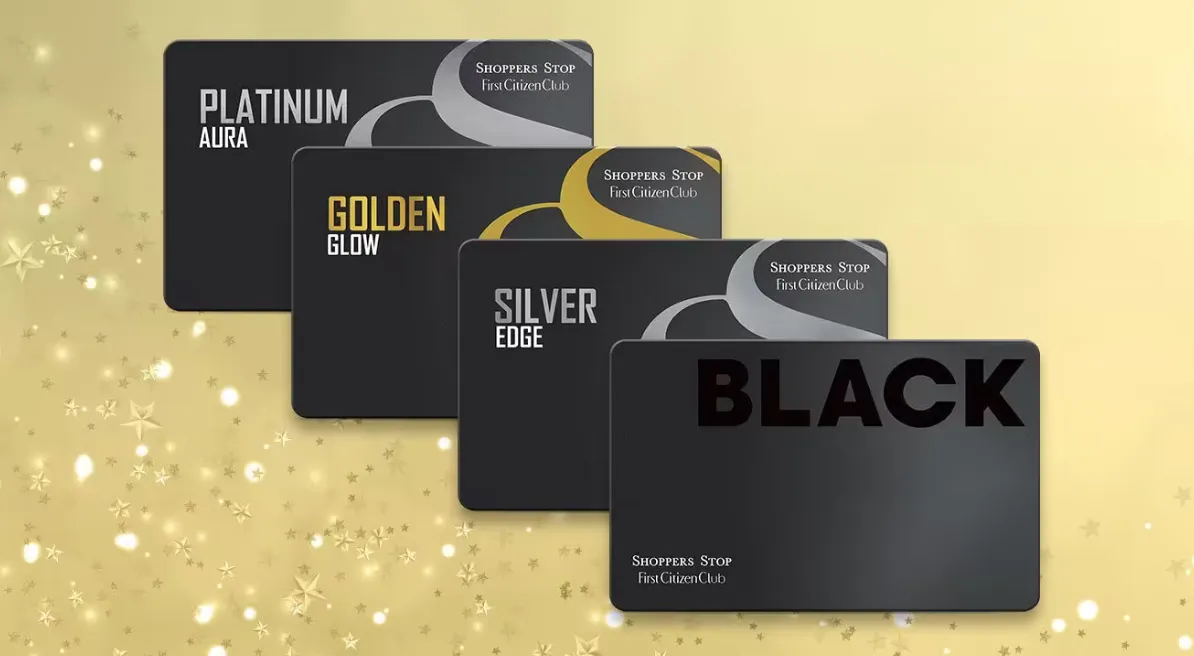Table of Contents
By Renu Bisht, Partner, Commercify360
When discussing digital marketing strategies for direct-to-consumer (DTC) brands, we often place significant emphasis on metrics such as click-through rate (CTR), conversion rate, return on ad spend (ROAS), customer acquisition cost (CAC), and more. However, based on my experience working with over 200 brands in the past two years, one aspect that consistently emerges as a hallmark of exceptional brands is the quality of their products and the thoughtfulness of their packaging design and unboxing experience.
Particularly in the context of marketplaces like Amazon, Flipkart, and other prominent platforms, the visual appeal of your product images can contribute significantly to your success, accounting for as much as 40% of the overall impact. Designing packaging, therefore, assumes a pivotal role in shaping the customer's experience.
The visual appeal of your product images can contribute significantly to your success, accounting for as much as 40% of the overall impact.
Here, I'd like to highlight several essential considerations for crafting packaging designs that not only enhance the customer experience but also contribute to achieving a strong CTR, even in a fiercely competitive market:"
Brand Consistency
Ensure that your packaging design aligns with your brand identity, including logo, colors, fonts, and overall aesthetic. Consistency helps in building brand recognition.
Brand Storytelling
Use the packaging to tell your brand's story, mission, and values. Consider incorporating storytelling elements through imagery, text, or QR codes that link to your brand's story online.
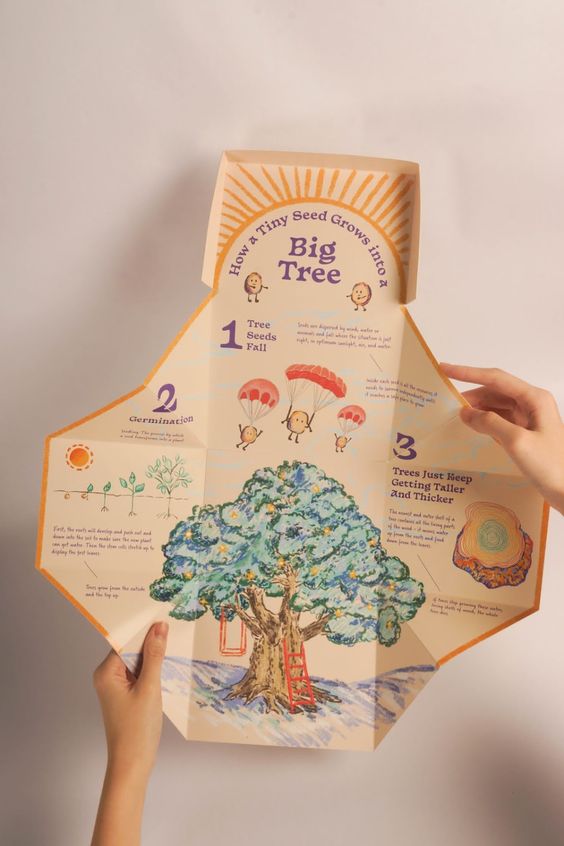
QR Codes and Digital Integration
Incorporate QR codes or other digital elements that lead customers to additional online content, such as product tutorials, reviews, or exclusive offers.
Unboxing Experience
Create a memorable unboxing experience that delights customers. Consider elements like a personalized thank-you note, branded tissue paper, or small surprises that make customers feel special.
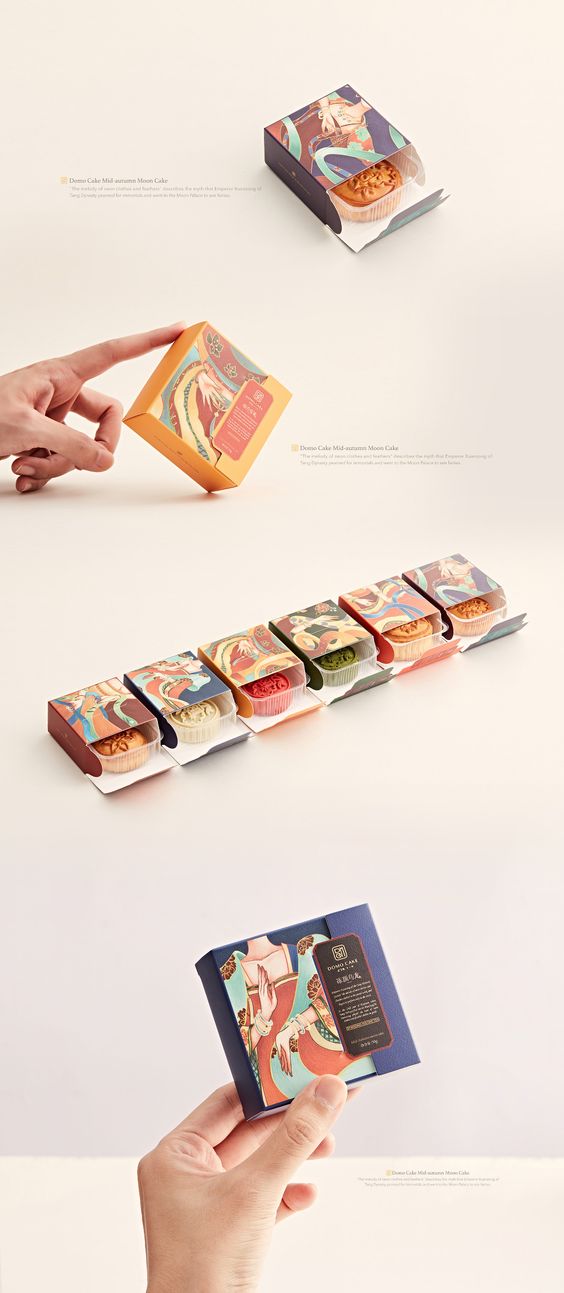
Protection
Prioritize the protection of the product during transit. Use appropriate packaging materials, such as bubble wrap or foam inserts, to prevent damage.
Sustainability
Consider eco-friendly packaging materials and practices to appeal to environmentally conscious consumers. Recyclable, biodegradable, or reusable packaging can enhance your brand's image.
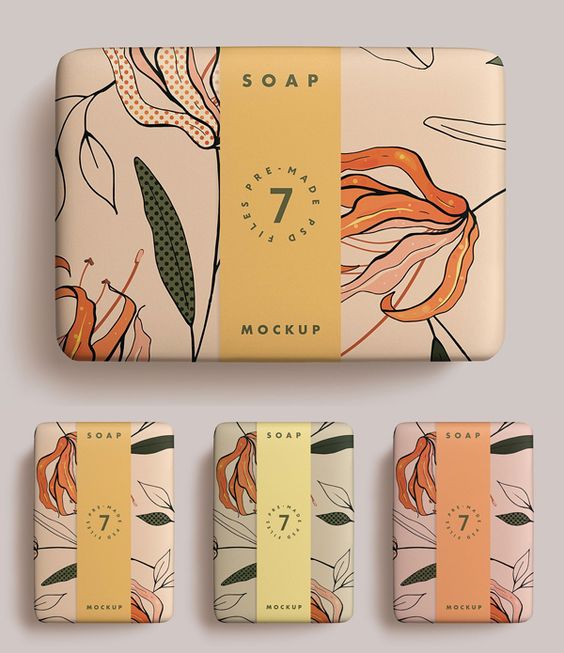
Size and Weight
Optimize the size and weight of your packaging to minimize shipping costs and reduce your carbon footprint. Oversized or heavy packaging can lead to higher shipping expenses.
Functional Design
Ensure that the packaging is easy to open and reseal, especially if the product is consumable or needs to be stored. Use user-friendly closures and seals.
Product Information
Include clear and concise product information, such as usage instructions, ingredients, and any relevant certifications (e.g., organic, non-GMO).
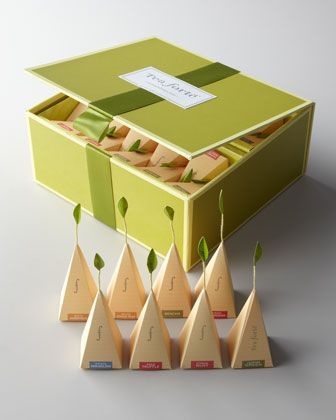
Personalization
Consider adding personalized elements to the packaging, such as the customer's name or a customized message. Personalization can foster a stronger connection with your brand.
Security
If applicable, ensure that your packaging is tamper-evident to reassure customers about the safety and integrity of the product.
Shipping Labels
Design shipping labels that are clear and easy to read, with all necessary information. Include return instructions if applicable.
Returns and Exchanges
Plan for the possibility of returns or exchanges. Include instructions and packaging materials for customers to send products back if needed.
Testing
Conduct thorough testing of your packaging to ensure it can withstand the rigors of shipping without damage to the product.
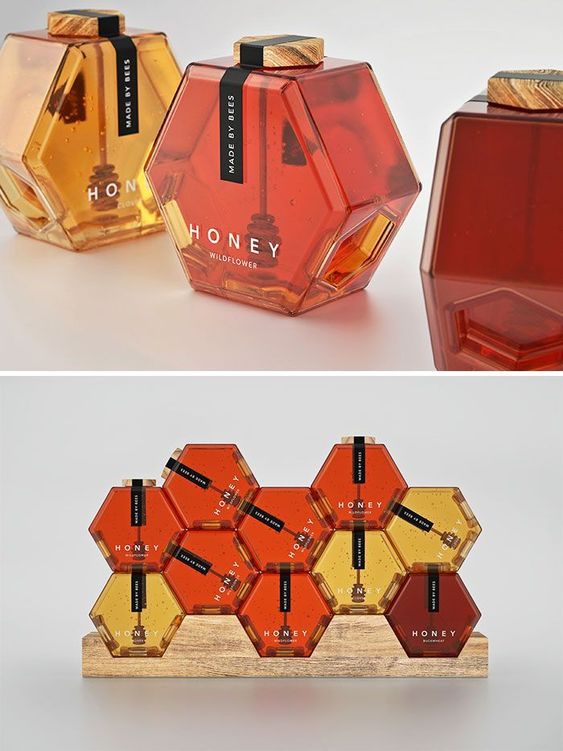
Regulatory Compliance
Ensure that your packaging complies with all relevant regulations, including labelling, safety, and environmental standards.
Feedback and Iteration
Continuously gather feedback from customers and make iterative improvements to your packaging design based on their suggestions and preferences.
A/B Testing
Consider conducting A/B testing with different packaging designs to determine which one resonates best with your target audience and leads to higher customer satisfaction.
Remember that DTC brands often have a direct and intimate relationship with their customers. Your packaging can be a powerful tool for building trust, loyalty, and positive word-of-mouth marketing.




